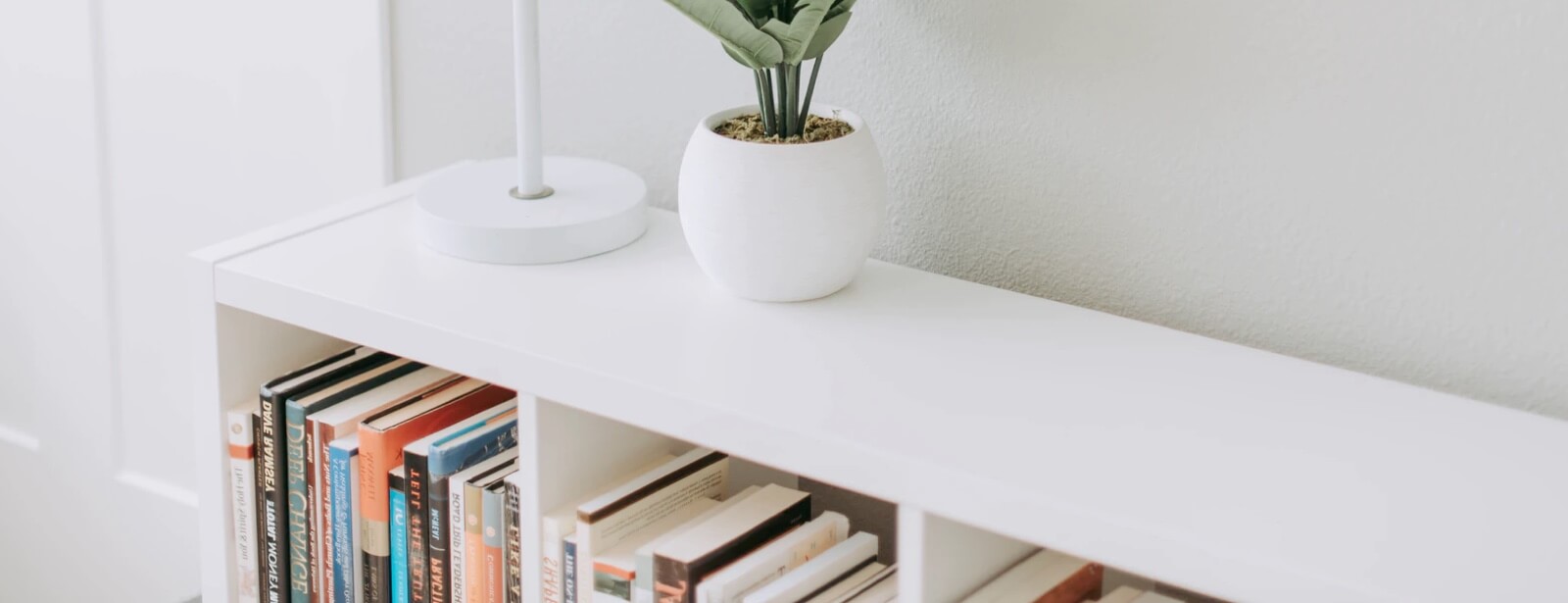
At this stage, knowing about Section 179 may prove beneficial as it empowers businesses to minus the full cost of the asset up to a million dollars in the year it was purchased. Without doing so could lead to a disastrous impact on the accounts of the business. The straight-line method is the default method that considers an even value for depreciating units of production the asset over its useful life. The resultant difference of asset cost and salvage value is divided by the number of useful years of the asset. This article focuses on the Unit of Production method of depreciation. The company listed in Hong Kong in December, at a time when EV sales growth has slowed after a period of rapid expansion.
Using the unit of production method for bookkeeping purposes and MACRS for tax purposes can ease the creation of a depreciation schedule. The unit of production method is an atypical method that is unlike straight-line or other time-based methods for calculating depreciation. Here, estimated production capacity is the capacity of the asset to produce units. ‘Units per year’ is the number of units produced by the asset per year. Realistically, the depreciation expense shown using this method considers the percentage of the asset’s capacity that was used up for that year. Depreciation not only helps companies to depreciate assets but also helps in tax deductions.
Balance Sheet
In effect, the depreciation expense recorded each year directly reflects how much of the fixed asset was used. It is essential to assess the utilization period of an asset, and depreciation helps you to know that precisely. This also lets you know when to replace the assets and augment the useful life.
It can also help you determine how quickly you are likely to fully deplete the value of your equipment. We’ve written a complete guide on depreciation that goes into these different types of depreciation in detail. For now, just be aware that there are several different ways you can calculate depreciation in your business for management purposes and a completely different set of rules your tax professional will follow for your tax return. Depreciation records the reduction of a fixed asset’s value and usefulness. A fixed asset is typically a large purchase—such as furniture, equipment, buildings, and sometimes even intangible items like copyrights—that is not expected to be depleted within a 12-month period. However, for static assets such as buildings, the units of production method is inappropriate.
Step 1: Calculate Unit Production Rate
For the second year depreciation, subtract year one’s depreciation from the asset’s original depreciation basis. Multiply that amount by 20% to get the second year’s depreciation deduction. Continue subtracting the depreciation from the balance and multiplying by 20% to get each year’s depreciation. Note that the double declining balance method of depreciation may not fully depreciate value of an asset down to its salvage value. When writing income statements businesses can also enter asset depreciations as an expense or cost of doing business. The cost of an asset and its expected lifetime are factors that businesses use to find the best way to deduct depreciation expenses against revenues.
